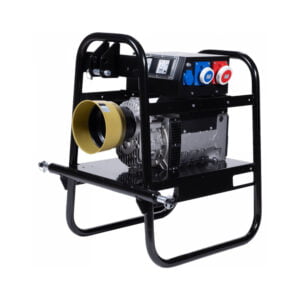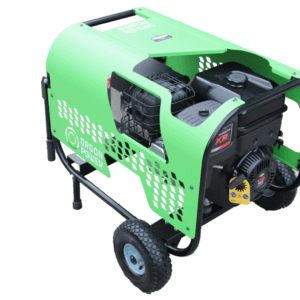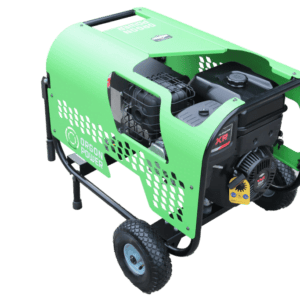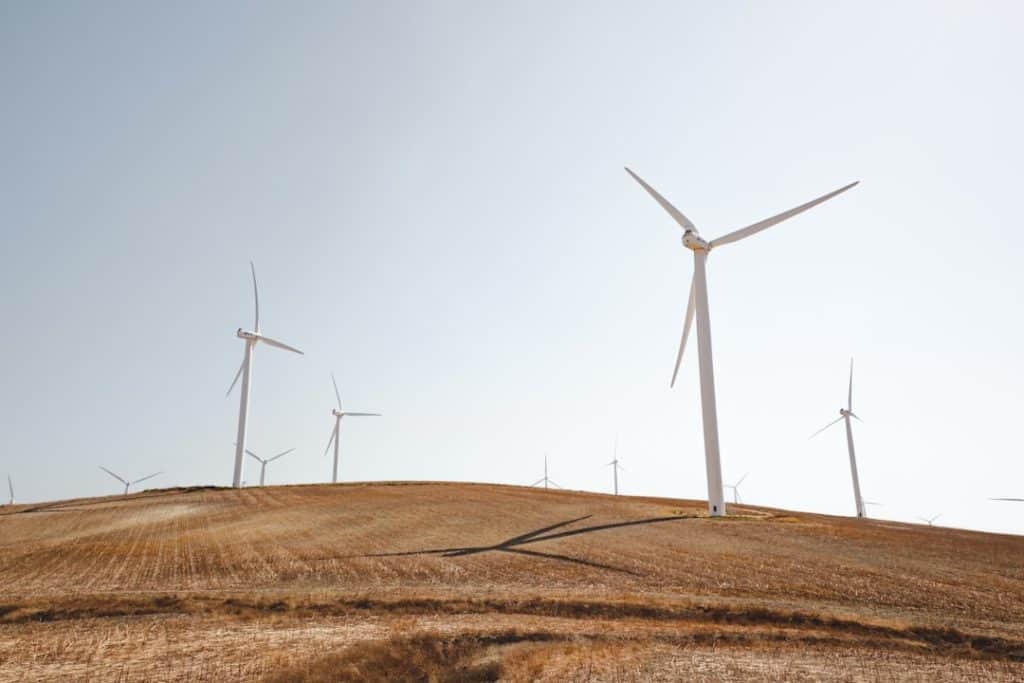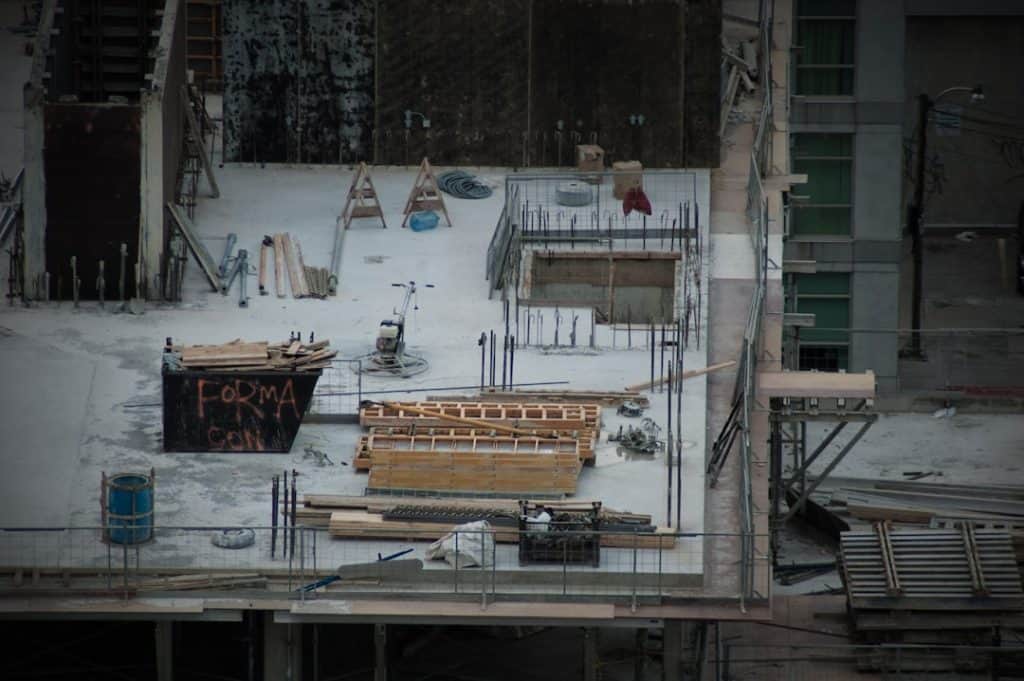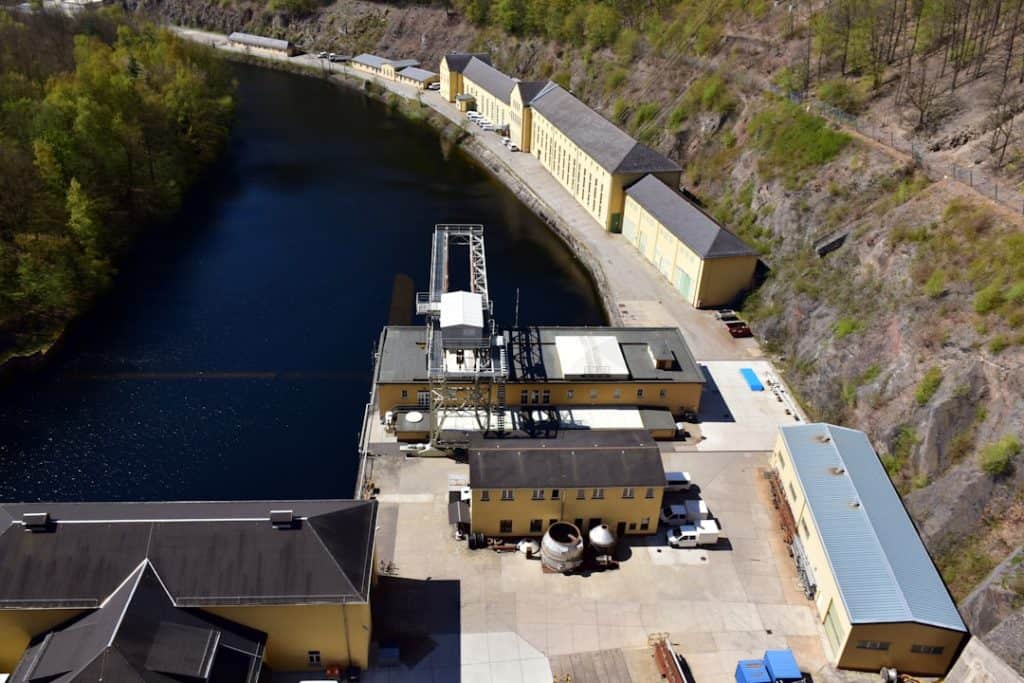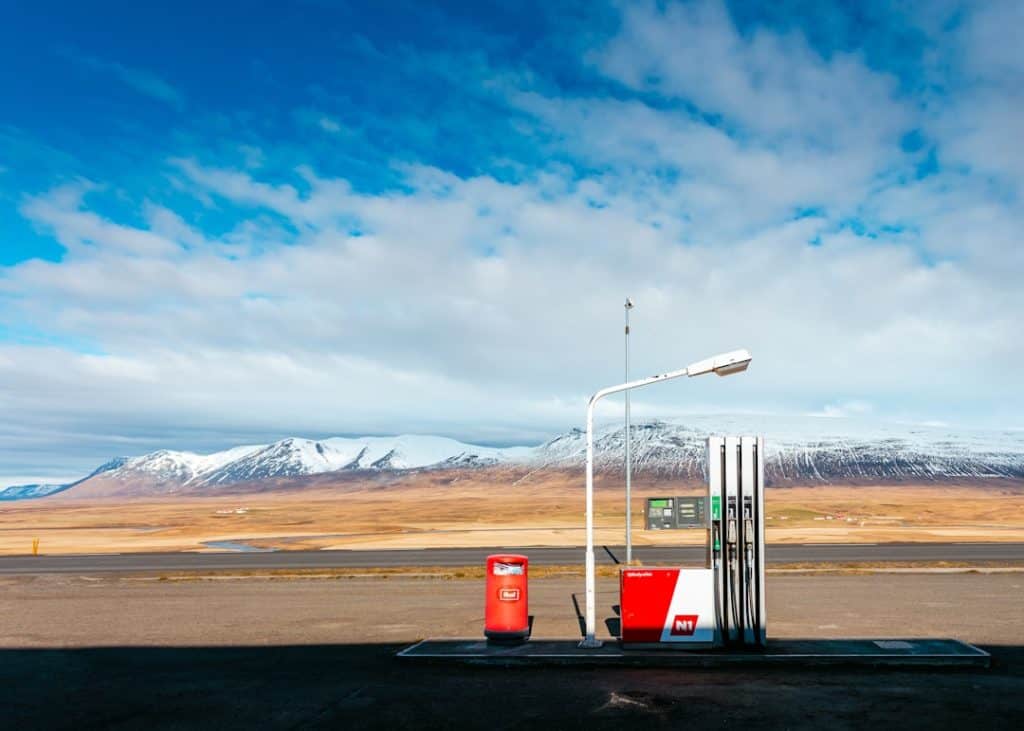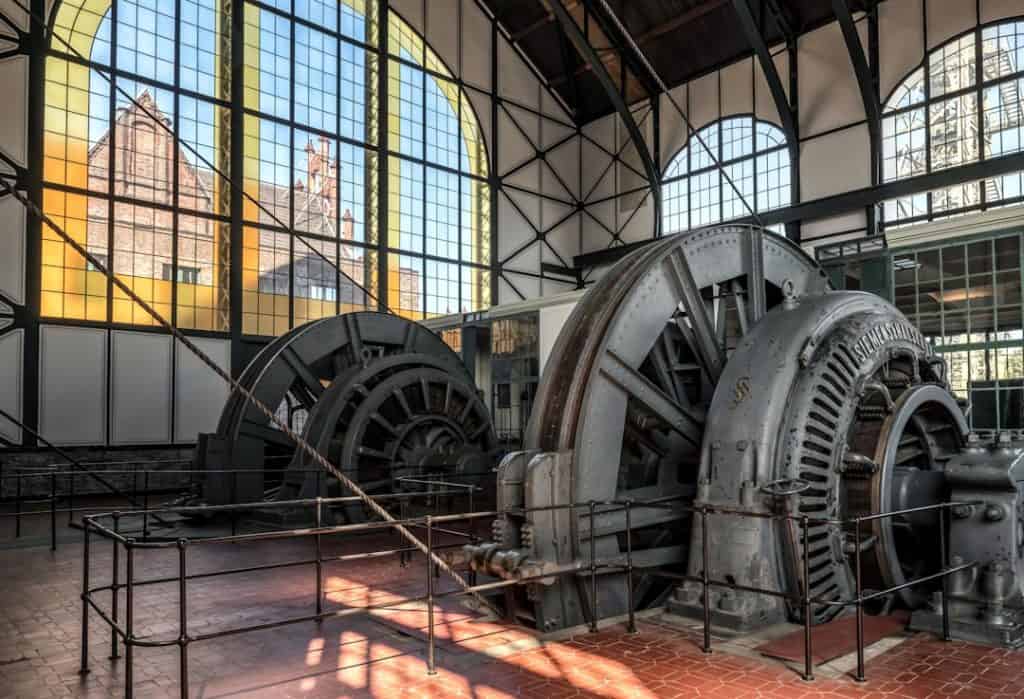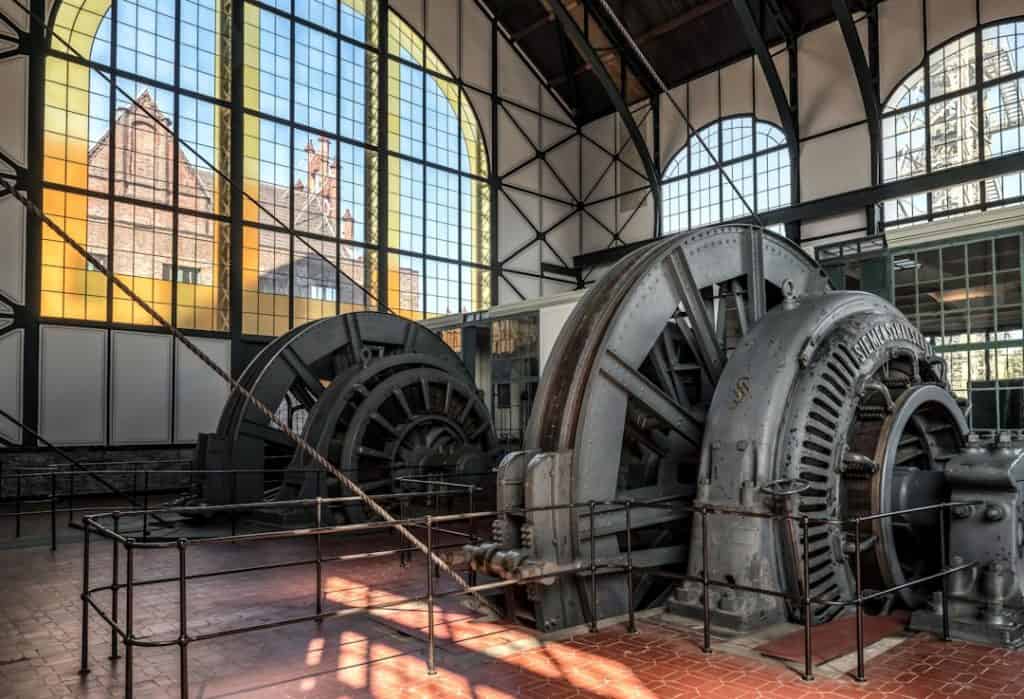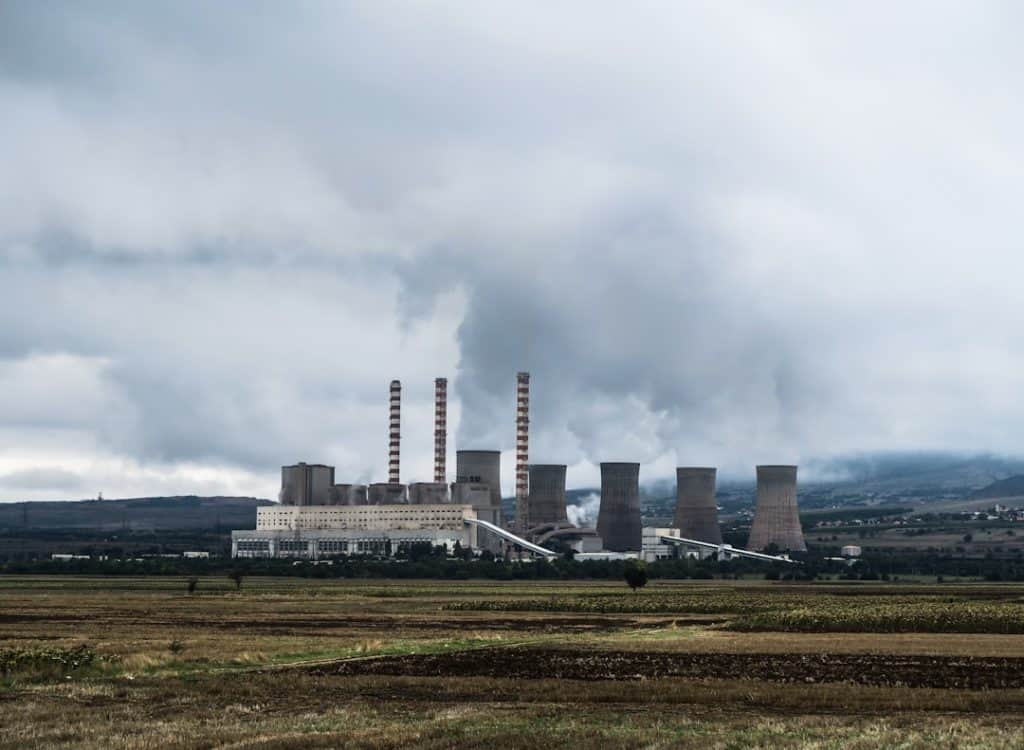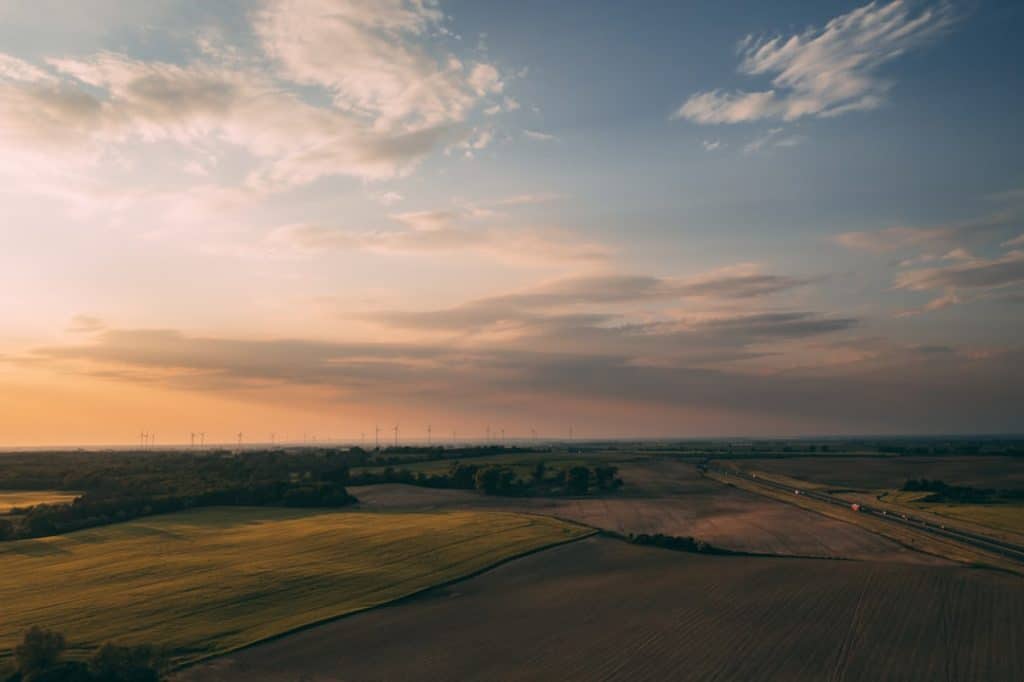A three-phase power generator is a device that produces electricity when there is no access to the electricity network. This type of generator uses a three-phase system, generating electricity in three phases, which makes it suitable for industrial and commercial use. Three-phase generators come in different sizes and capacities, allowing users to choose models according to their specific requirements.
These generators are particularly useful in situations that require uninterrupted power, such as emergencies, construction projects, outdoor events, or for powering industrial machinery and equipment. They are usually powered by gasoline or diesel engines that activate a generator to produce electricity. Three-phase aggregates are reliable sources of energy and can provide a stable power supply even in adverse weather conditions or emergency situations.
Three-phase aggregates have several advantages over single-phase aggregates. They can distribute the load more efficiently, making them more suitable for larger systems and heavier industrial applications. Also, the three-phase system enables a more even distribution of energy, which results in lower losses and greater efficiency.
These aggregates are often equipped with advanced control systems that enable precise monitoring and management of energy production.
Key Takeaways
- A three-phase power generator is a device that produces electricity using a motor that drives a generator.
- It works by having the engine drive a generator that converts mechanical energy into electrical energy.
- The advantages of using a three-phase power generator in emergency situations include a reliable source of electricity, the ability to use it in remote areas and a quick response in the event of a power outage.
- When choosing the right three-phase generator, you should take into account the required power, type of fuel, noise level and mobility of the device.
- Proper maintenance of a three-phase power generator includes regular cleaning, oil and fuel level checks, as well as regular servicing by professional personnel.
How does a three-phase power generator work?
The three-phase power generator works on the principle of converting mechanical energy into electrical energy. Basically, a gasoline or diesel engine drives a generator that produces electricity. The engine burns fuel to create mechanical energy which is then transmitted to the generator via belts or other mechanical systems.
The generator converts mechanical energy into electrical energy through electromagnetic induction. Three-phase generators produce electricity with three phases, which means they have three conductors that carry current. This type of system enables an even distribution of the load and ensures a stable power supply.
Three-phase aggregates are equipped with voltage and frequency regulators to ensure a constant and stable power supply even with variable loads.
The advantages of using a three-phase generator for electricity in emergency situations
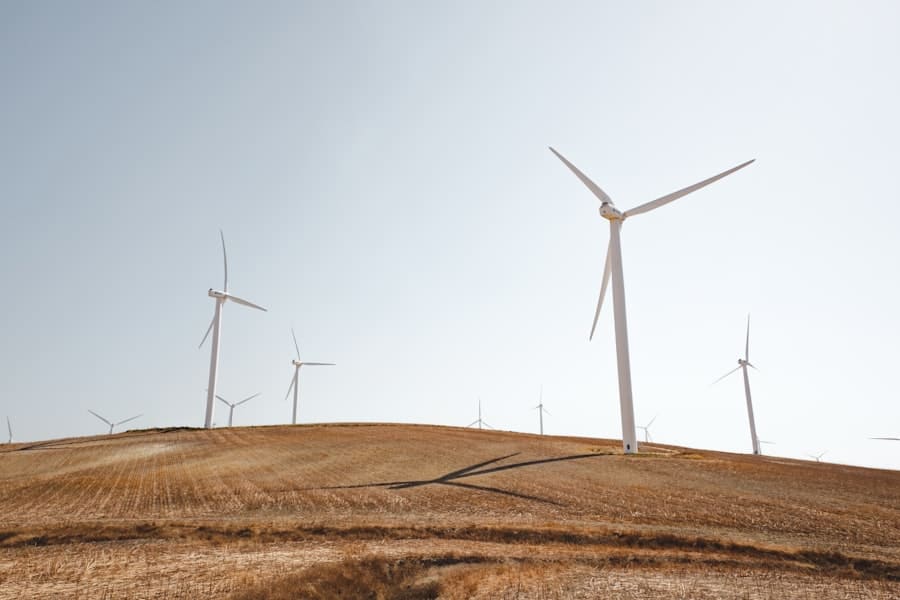
Using a three-phase generator for electricity in emergency situations brings numerous advantages. One of the main advantages is the ability to provide continuous power supply even when the main power supply is interrupted due to natural disasters, floods, storms or other emergency situations. This is essential in situations where vital systems such as hospitals, fire stations, police stations or communication networks need to be maintained.
Also, three-phase aggregates are of great help in case of planned power outages due to maintenance or repairs of power systems. In such situations, three-phase aggregates can provide temporary power supply to maintain the continuity of work of companies, factories or other industrial facilities. In addition, three-phase generators are also useful for outdoor events such as concerts, festivals or sporting events where standard electrical power is not available.
How to choose the right three-phase aggregate for your needs?
| Generator power (kW) | Fuel consumption (l/h) | Weight (kg) | Noise level (dB) |
|---|---|---|---|
| 5 | 1.5 | 100 | 70 |
| 10 | 3 | 150 | 75 |
| 20 | 6 | 250 | 80 |
When choosing the right three-phase generator for your needs, it is important to consider several key factors. First, the required power of the aggregate should be considered depending on the intended use. The required power will depend on the type of devices or machines that will be powered, as well as the total load that the generator will have to support. It is also important to consider the type of fuel that will be used to power the generator.
Diesel generators are usually more efficient and economical for long-term use, while gasoline generators may be more suitable for temporary or mobile applications due to easier maintenance and less noise during operation. In addition, the mobility of the unit should be considered, as well as the level of noise it produces during operation, especially if it will be used in public places or in urban areas.
How to properly maintain a three-phase electricity generator?
Proper maintenance of a three-phase power generator is essential for its long-term and reliable use. Regular maintenance includes regular oil and fuel level checks, air and fuel filter replacement, battery condition checks and overall engine and generator inspections. It is also important to regularly check the condition of cables, connectors and switches to ensure a safe and reliable connection to powered devices.
In addition, it is important to follow the manufacturer's recommendations on regular service intervals and maintenance to ensure that the unit is always working optimally. Proper storage of the generator can also extend its life, especially if it is not used regularly. The maintenance of the unit can be entrusted to service specialists or it can be carried out by personnel trained to work with this type of equipment.
Examples of emergency situations in which a three-phase generator is necessary

Three-phase generators are necessary in various emergency situations where continuous power supply is essential. For example, during natural disasters such as earthquakes, floods or storms, the main power supply can be interrupted for a long time, which can lead to serious consequences for people's lives and the functioning of vital systems such as hospitals, fire stations or communication networks. Also, three-phase aggregates are necessary in case of planned power outages due to maintenance or repairs of power systems.
In such situations, three-phase aggregates can provide temporary power supply to maintain the continuity of work of companies, factories or other industrial facilities. In addition, three-phase generators are also necessary for outdoor events such as concerts, festivals or sporting events where standard electrical power is not available.
Tips for efficient use of a three-phase power generator in emergency situations
Effective use of a three-phase power generator in emergency situations requires careful planning and preparation before an emergency situation occurs. First, it is important to regularly maintain the generator so that it is ready for use in case of need. It is also important to regularly test the genset to ensure that it is working properly and can support the intended load.
In addition, it is important to have adequate fuel and spare parts available to ensure uninterrupted power supply in the event of an emergency. It is also important to have an evacuation plan and procedures for the use of generators to ensure safe and effective use in emergency situations. Finally, it is important to have trained personnel who know how to operate the generator properly and who can react quickly in the event of an emergency.
FAQs
What is a three-phase power generator?
A three-phase power generator is a device that produces electricity using a three-phase system, that is, three phases of electricity. These aggregates are often used to power larger consumers or several smaller consumers at the same time.
How does a three-phase power generator work?
A three-phase generator works by running a motor that drives a generator. The generator produces electricity which is then distributed through a three-phase system.
What is a three-phase power generator used for?
Three-phase aggregates are used to power various consumers in situations where there is no available electrical power. They are often used on construction sites, in industry, for outdoor events, and for backup power in the event of a power outage.
How to choose a suitable three-phase generator for electricity?
When choosing a three-phase generator for electricity, it is important to take into account the required power, working hours, the fuel it uses, as well as other specific needs of the user. It is also important to consider the quality and reliability of the manufacturer.

